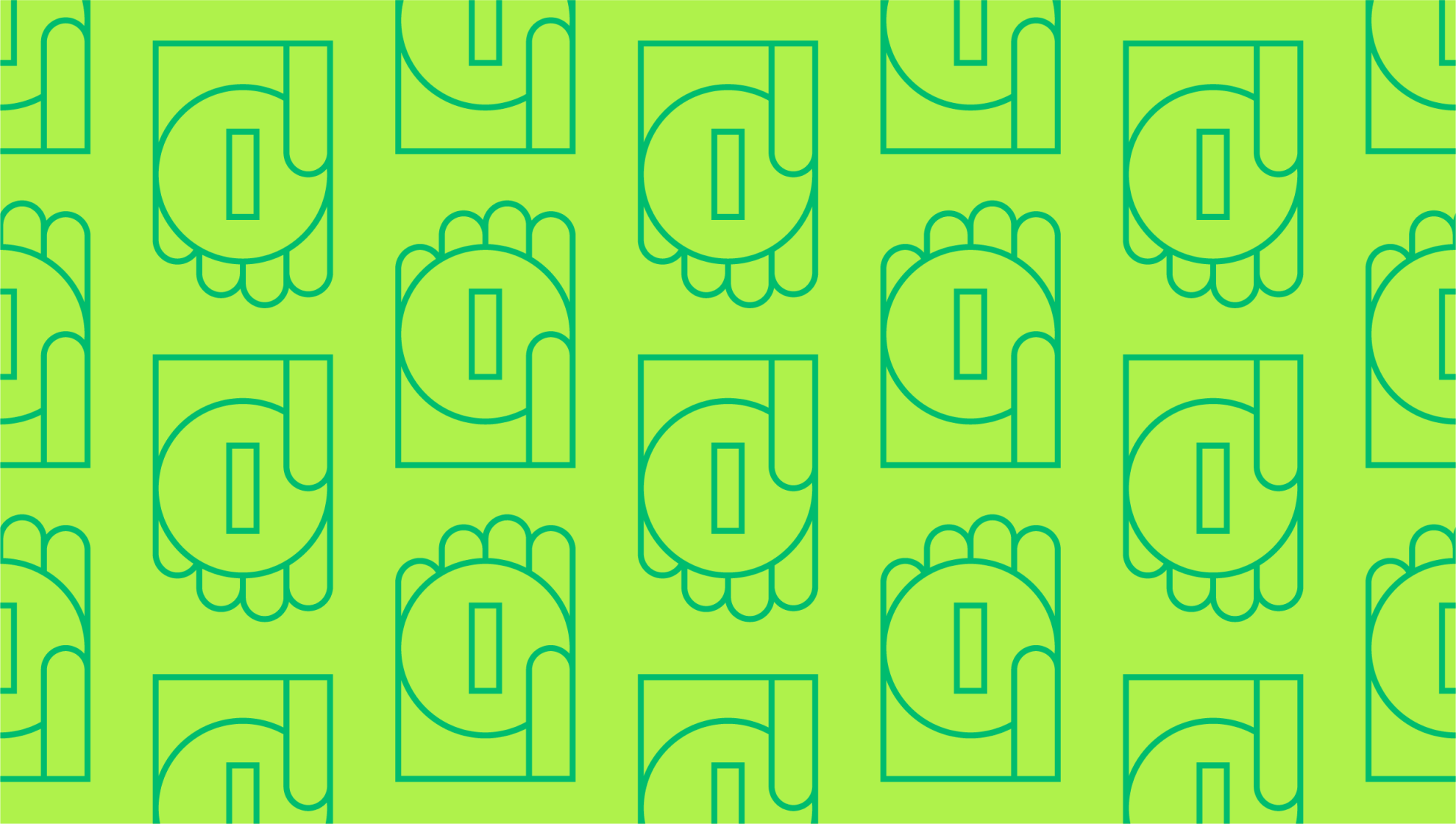Last editedFeb 20212 min read
Bad debts are debts that it’s no longer possible to collect, in other words, they’re an irrecoverable receivable. There are many different reasons why your business could end up dealing with a bad debt. You may, for example, have extended credit to a customer that wasn’t a suitable candidate. Alternatively, your company may have been the victim of fraud. Most commonly, however, bad debts are the unfortunate result of customers becoming insolvent or bankrupt, and simply not being able to pay their bills.
But once a bad debt has been incurred, what can you do about it? To answer that question, you’ll need to understand a little more about “bad debt expense.” Read on to learn more.
Bad debt expense explained
A bad debt expense is a transaction that you can record in your company’s books to account for a bad debt that you no longer have any hope of collecting. By entering a bad debt expense into your accounts, you can ensure that your books accurately reflect your business’s finances and aren’t making your income appear higher than it really is. Furthermore, it can help to lower your tax bill (since a bad debt expense stops you from having to pay taxes on a profit that you haven’t made).
Direct write-off method vs. allowance method
There are two main ways to record a bad debt expense:
Direct write-off method (also referred to as a bad debt write-off)
Allowance method (also referred to as a bad debt provision or the provision for doubtful debts)
These accounting techniques allow you to deal with bad debts in slightly different ways.
Essentially, with the direct write-off method, you simply write bad debts off on a case-by-case basis by recording a bad debt expense in your company’s general ledger for the original invoice amount. However, with the allowance method, you account for bad debts ahead of time by creating an allowance (i.e., a silo of cash on your books that you can draw from to pay for any bad debts that you encounter).
Generally, the direct write-off method is best suited to businesses that don’t do much business on credit, and therefore, aren’t likely to encounter many bad debts. The allowance method is more suited to firms that extend credit on a regular basis, and as a result, are more likely to experience bad debts.
How to calculate a bad debt expense – direct write-off method
Firstly, let’s explore how to calculate a bad debt expense using the direct write-off method. Essentially, you need to debit the bad debt expense in your general ledger for an amount equal to the receivable. Then, you credit accounts receivable for the same amount.
For example, if you’ve got an invoice for $1,000 that has been deemed a bad debt, you’ll need to credit accounts receivable with $1,000 and debit the bad debt expense. The journal entry for this transaction should look as follows:
|
Account |
Debit |
Credit |
|
Bad debt expense |
$1,000 |
- |
|
Accounts receivable |
- |
$1,000 |
How to calculate a bad debt expense – allowance method
Now, let’s learn how to calculate a bad debt expense via the allowance method. Basically, you’ll need to estimate your percentage of bad debts using the following formula:
Bad Debt Percentage = Total Bad Debts / Total Credit Sales
If the figure resulting from this calculation sounds reasonable, create an allowance for the amount indicated by the formula.
For example, let’s say that over the past year, you made credit sales of $340,000, of which a total of $22,000 ended up being uncollectable. You can work out the bad debt percentage like so:
Bad Debt Percentage = $22,000 / $340,000 = 0.0647 = 6.47%
Now, let’s assume that you have $70,000 in credit sales in a particular month. Using the bad debt percentage, you can work out how much your allowance for bad debts needs to be ($70,000 x 0.0647 = $4,529). So, the journal entry for the allowance would look like this:
|
Account |
Debit |
Credit |
|
Bad debt expense |
$4,529 |
- |
|
Allowance for bad debts |
- |
$4,529 |
Now, any future losses are covered by the allowance. So, if a customer then goes bankrupt and is unable to pay their invoice – say, for $800 – you can make the following journal entry to record the bad debt expense:
|
Account |
Debit |
Credit |
|
Allowance for bad debts |
$800 |
- |
|
Accounts receivable |
- |
$800 |
We can help
GoCardless helps you automate payment collection, cutting down on the amount of admin your team needs to deal with when chasing invoices. Find out how GoCardless can help you with ad hoc payments or recurring payments.
